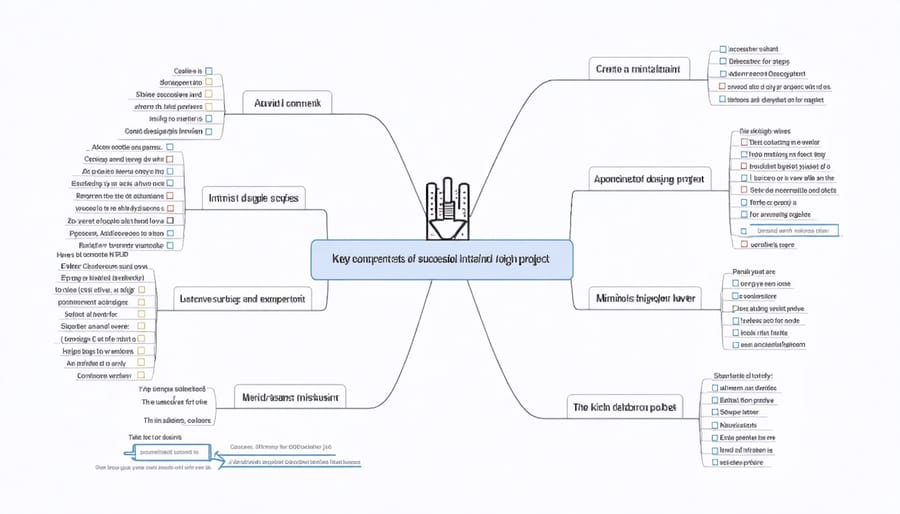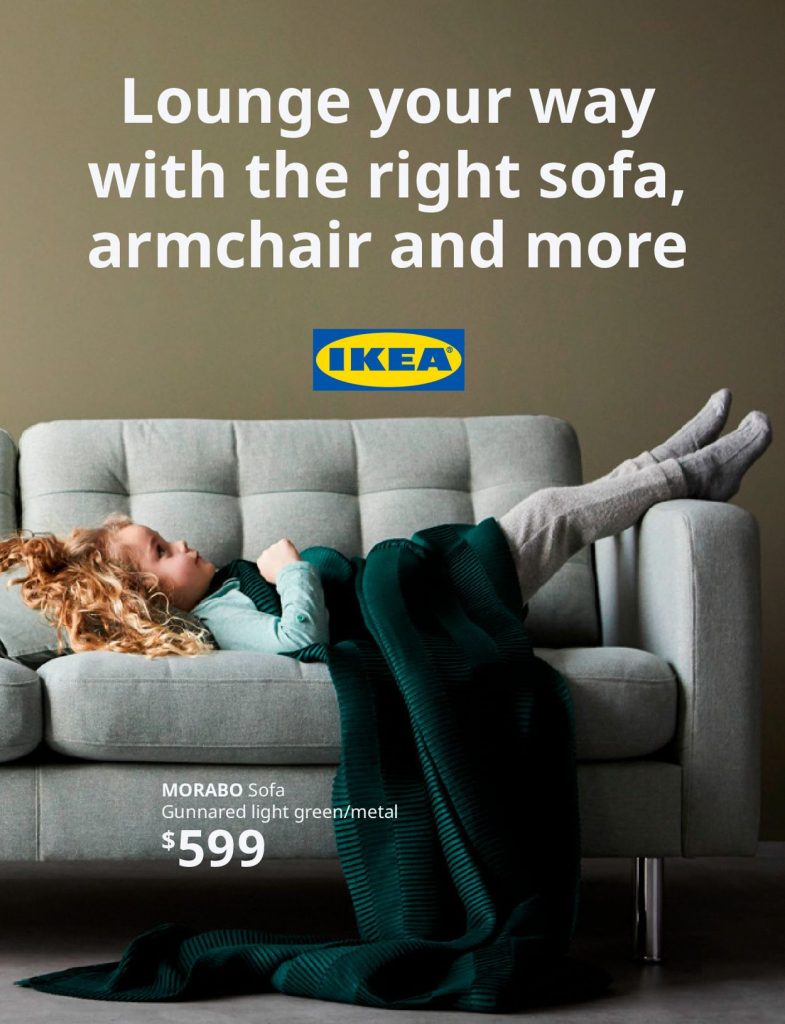
15 Must-Ask Questions for Your Interior Design Client Questionnaire
Basic Information
Contact Information
Include your name, email address, and phone number so the designer can easily reach out with any questions or updates about your project. Providing multiple contact methods ensures smooth communication throughout the design process. Rest assured that your personal information will be kept confidential and used only for project-related purposes.
Project Details
Location is a critical factor in interior design projects, as it influences style choices, materials, and functionality requirements. Designers should ask clients about the type of space being designed, such as a residential home, apartment, office, or retail store. Knowing the square footage helps determine layout options, furniture sizes, and budget allocation. Establishing a realistic project budget upfront ensures that the designer can make appropriate recommendations and avoid overspending. Finally, discussing the desired completion date allows for effective project planning and management to meet the client’s timeline expectations.

Design Preferences and Style
Inspiration and Vision
To uncover your client’s style preferences, ask about their favorite design aesthetics, such as modern, traditional, bohemian, or industrial. Inquire about design magazines, websites, or social media accounts they follow for inspiration. Encourage them to share photos of spaces they love and explain what appeals to them. Have them describe their dream space in detail, including colors, textures, furniture, and overall ambiance. This insight into their personal taste and aspirations will guide your design choices and help you create a space that truly reflects their unique style and brings their vision to life.
Color and Material Preferences
Your client’s color and material preferences are a crucial aspect of creating a personalized interior design that resonates with their unique style. Ask about their favorite colors and any hues they dislike or wish to avoid. Inquire about preferred color palettes, such as warm, cool, or neutral tones, and whether they enjoy bold accents or prefer a more subdued scheme. Discuss patterns they find appealing, like geometric shapes, floral designs, or abstract prints, and textures that catch their eye, such as smooth, rough, or plush surfaces. Delve into their material preferences, including fabrics (e.g., cotton, linen, velvet), wood tones (light, medium, dark), and metals (brass, silver, gold). By understanding your client’s color and material inclinations, you can craft a space that truly reflects their personality and creates a welcoming atmosphere they’ll love coming home to. For a deeper dive into creating a cohesive color scheme, consider exploring this guide on creating a cohesive home with color.
Functional Needs and Lifestyle
Space Usage
When designing a space, it’s crucial to understand how the room will be used. Start by asking your client about the primary purpose of the room. Is it a living room for entertaining guests, a home office for focused work, or a multi-functional space that needs to serve various needs? Next, dive into the specific activities that will take place in the room. Will there be a TV for movie nights, a desk for computer work, or a play area for children?
Based on these activities, you can determine the different zones needed within the room. A living room may require a conversation area with comfortable seating, a reading nook, and a media center. A home office might include a desk zone, a meeting area, and a space for creative brainstorming. Don’t forget to consider any special requirements, such as pet-friendly fabrics if the client has furry friends.
Storage and organization are key to creating a functional and clutter-free space. Inquire about your client’s storage needs, including books, media, office supplies, toys, or hobby materials. Consider built-in shelving, cabinets, or furniture with hidden storage to maximize space and keep the room tidy. By understanding your client’s space usage requirements, you can create a design that enhances their daily life and activities.

Household Details
When designing a space, it’s crucial to consider the unique needs and lifestyle of the household. Start by asking about the number of adults, children, and pets residing in the home. This information helps determine the necessary seating, sleeping arrangements, and storage requirements. Next, inquire about the client’s entertaining habits. Do they host large gatherings or intimate dinners? This impacts the layout and furniture selections for dining and living areas. Finally, address any accessibility or special needs, such as wheelchair access, child safety features, or accommodations for elderly family members. By understanding the household dynamics and specific requirements, you can create a functional and inclusive design that enhances the daily lives of all occupants.
Likes, Dislikes, and Deal Breakers
Existing Furniture and Decor
When working with an interior designer, discuss which existing furniture and decor items you’d like to keep, reuse, or avoid in your redesign. Sentimental pieces like family heirlooms or treasured artworks can provide a meaningful starting point for the design. Be open about your attachment to these items and how you envision incorporating them into the new space. Your designer can suggest ways to seamlessly blend beloved pieces with fresh elements to create a cohesive, personalized look that honors your unique story and style. By sharing these details upfront, you enable your designer to craft a space that truly reflects you.
Deal Breakers and Must-Haves
To ensure your interior design project is a success, it’s crucial to communicate any deal breakers or must-haves to your designer. Be clear about colors, materials, or furniture styles you absolutely want to avoid, such as a particular shade of green or a specific type of wood. Similarly, share any non-negotiable items you must include, like a treasured family heirloom or a specific piece of artwork. By openly discussing these preferences early on, you can help your designer create a space that perfectly reflects your taste and lifestyle while avoiding potential disappointments or costly revisions later in the process.

Project Goals and Expectations
Project Objectives
The primary goal of a questionnaire for interior design clients is to gather essential information that helps designers understand their clients’ unique needs, preferences, and project objectives. By asking targeted questions, designers can uncover crucial details about the client’s lifestyle, aesthetic tastes, functional requirements, and budget constraints. This enables them to create personalized design solutions that exceed expectations and deliver exceptional results.
A well-crafted questionnaire serves as a foundation for effective communication between the designer and client, ensuring that both parties are aligned on the project’s priorities and goals. It helps designers identify potential challenges early on, such as space limitations or conflicting style preferences among family members, allowing them to proactively address these issues. Ultimately, a comprehensive questionnaire empowers interior designers to provide tailored, client-centric services that result in beautiful, functional spaces perfectly suited to each individual’s needs and desires.
Success Metrics
To gauge the success of the project, establish clear expectations and timelines with your client. Discuss their vision for the space and what they hope to achieve, whether it’s improved functionality, enhanced aesthetics, or a specific mood. Set realistic milestones and deadlines for each phase of the project, from initial concept development to final installation. Regularly communicate progress and seek feedback to ensure alignment with the client’s goals. Upon completion, schedule a walkthrough to assess the space together, noting any areas that exceed expectations or require fine-tuning. A successful project is one that not only meets but surpasses the client’s original vision within the agreed-upon timeframe.
Conclusion
A well-crafted client questionnaire is an invaluable tool for interior designers looking to streamline their onboarding process and deliver exceptional results. By asking the right questions, you can gain a deep understanding of your clients’ style preferences, functional needs, and project goals. This insight allows you to create personalized designs that truly reflect their unique personalities and lifestyles.
Remember, the key to an effective questionnaire is customization. While this article provides a solid foundation, don’t hesitate to tailor the questions to your specific design niche and client base. By continually refining your questionnaire, you’ll be able to build stronger client relationships and establish yourself as a go-to designer in your market.
Ready to take your client onboarding to the next level? Download our sample interior design client questionnaire template today and start crafting your own personalized version. Your clients will appreciate the extra effort, and you’ll love the clarity and direction it brings to your projects.
